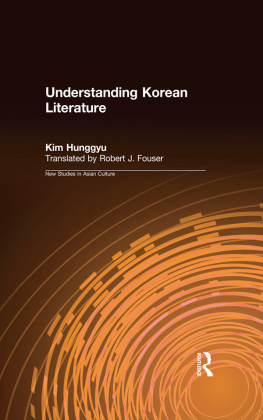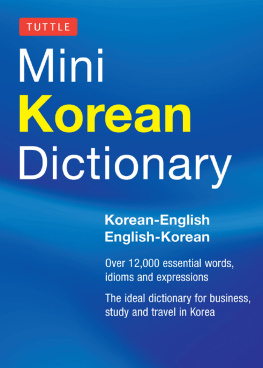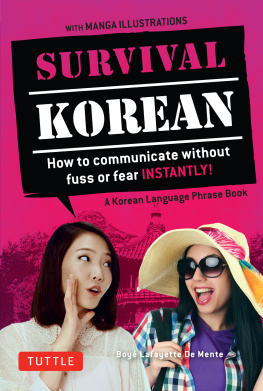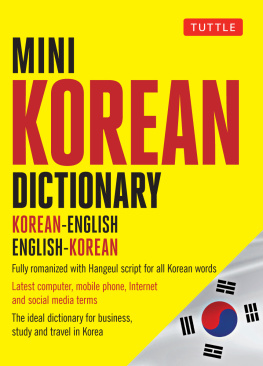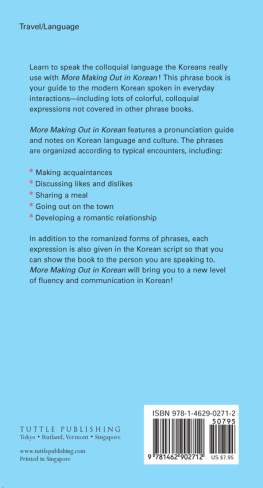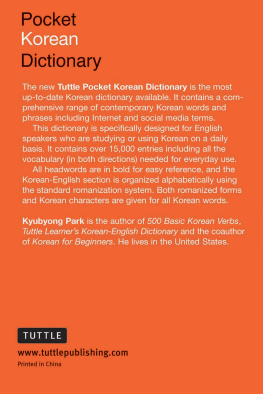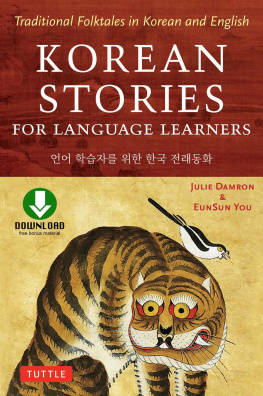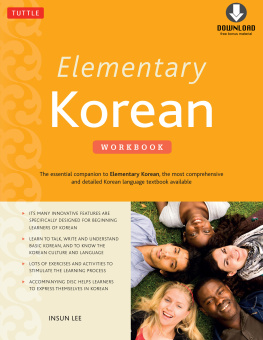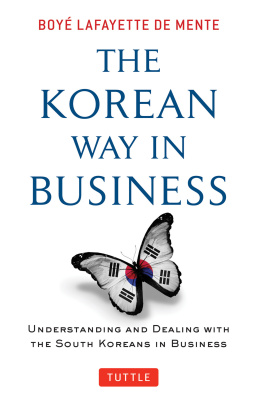First published 1997 by M.E. Sharpe
Published 2015 by Routledge
2 Park Square, Milton Park, Abingdon, Oxon OX14 4RN
711 Third Avenue, New York, NY 10017, USA
Routledge is an imprint of the Taylor & Francis Group, an informa business
Copyright 1997 Taylor & Francis. All rights reserved.
No part of this book may be reprinted or reproduced or utilised in any form or by any electronic, mechanical, or other means, now known or hereafter invented, including photocopying and recording, or in any information storage or retrieval system, without permission in writing from the publishers.
Notices
No responsibility is assumed by the publisher for any injury and/or damage to persons or property as a matter of products liability, negligence or otherwise, or from any use of operation of any methods, products, instructions or ideas contained in the material herein.
Practitioners and researchers must always rely on their own experience and knowledge in evaluating and using any information, methods, compounds, or experiments described herein. In using such information or methods they should be mindful of their own safety and the safety of others, including parties for whom they have a professional responsibility.
Product or corporate names may be trademarks or registered trademarks, and are used only for identification and explanation without intent to infringe.
Library of Congress Cataloging-in-Publicaton Data
Kim, Hnggyu, 1948
[Hanguk, munhak i ihae. English]
Understanding Korean literature / Kim Hunggyu /
translated by Robert J. Fouser.
p. cm.
ISBN 1-56324-773-9 (cloth : alk. paper). ISBN 1-56324-774-7 (paper : alk. paper)
1. Korean literatureHistory and criticism.
I. Fouser, Robert.
II. Title.
PL955.K4913 1997
895.709dc21
97-11941
CIP
ISBN 13: 9781563247736 (pbk)
ISBN 13: 9781563247743 (hbk)
This project began with a conversation I had with Lee Hyeong-dae, one of Professor Kim Hunggyus Ph.D. students, in Seoul in August of 1993. I mentioned that Professor Kims Hanguk munhak i ihae (Understanding Korean Literature) would be of great help to foreigners interested in learning about Korean literature, as it had helped me gain a clearer understanding of Korean literature. Several weeks later, I met Professor Kim, who kindly agreed to let me translate his book.
Since its publication in 1986, Understanding Korean Literature has been reprinted several times, and it is widely used as a textbook in university courses. It appeals as well to general readers because it covers areas typically ignored in such introductory studies: Korean literary criticism and the history of printing and transmission of literary works in the nation. As a scholar of traditional Korean poetry, Professor Kim has also given a great deal of attention to genres of Korean literature that are often mentioned only in passing, and he adds a fifth category, mixed genres to the standard four-genre classification of Korean literature, which has caused considerable debate in scholarly circles.
Many important Korean literary works are available in English translations, but no scholarly work of Korean literary criticism has been translated into English. As interest in Korean literature and the number of students learning Korean increase, the dearth of information on Korean literature in English becomes even more glaring. This translation of Understanding Korean Literature helps to fill the void. It is, however, only a beginning, and I hope that its publication will stimulate the writing and translation of a variety of reference materials in English and other languages.
I have followed Professor Kims original closely, omitting and embellishing as little as possible. Where possible, I have added dates to give readers more background information. To make the text easier to follow, I placed all original Korean titles in parentheses after the English translation of titles. I translated most titles into English because romanized Korean is difficult to read and remember. I left titles which make use of a proper noun or which do not have an English equivalent in Korean. Titles of major historical writings in the East Asia tradition were taken from the two-volume Sourcebook on Korean Civilization, edited by Peter Lee, and A New History of Korea by Ki-baik Lee, translated by Edward Wagner. Taking Professor Kims love of originality to heart, I decided to provide new translations of the well-known literary examples; many of the literary examples, however, appear in English for the first time. I provided romanization of poems only in sections of the book relating to poetic meter and form, using the slashes to indicate segments of poetic meter, as Professor Kim did in the original.
Romanization of Korean presents any translator with problems. I decided to follow the modified version of the McCune-Reischauer system used in the Korea Journal, which provides a more accurate indication of the pronunciation of such words as shilhak, romanized awkwardly as sirhak in McCune-Reischauer. I have eliminated the apostrophe in hangl and the hyphen between the two elements in Korean given names, except in cases where persons write their names with a hyphen; for passages written in older forms of Korean (mainly poems), I used an for the arae a, and romanized the passages as given in the original. I have made these modifications in the interest of accuracy and simplicity. For Chinese, I used pinyin throughout; for Japanese I followed Kenkyushas New JapaneseEnglish Dictionary.
To help readers who are familiar with Chinese characters, I have included a glossary at the end of the book that gives titles of literary works in the original hangl and Chinese characters, with romanization and English translations. Professor Kim included a long bibliography of Korean works on topics presented in the book; I have replaced this with a select bibliography of germane works in English and other Western languages.
Translating a detailed book like Understanding Korean Literature is not an easy task, but it would have been impossible without the many people who helped me. My foremost thanks goes to Professor Kim for trusting me and encouraging me, and to Mr. Lee Hyeong-dae and Mr. Kweon Soon-hoi for sharing their love of Korean literature with me in our many conversations. I would also like to thank Ms. Connie Glavin, Mr. Drayton Hamilton, Ms. Mary Mooney, Mr. Ken Kaliher, and Mr. Duane Vorhees for their comments and encouragement in the early stages of this project. As the project progressed, Mr. Kim Junheon helped a great deal in interpreting difficult literary examples. I would to thank Mr. Seok Sung-gyun for providing the maps. I am deeply indebted to Ms. Jung Eun Kim and Ms. Beth Fouser for their copious corrections and comments on the final draft. Without them, the project would have fallen behind schedule. I am deeply thankful to the Korean Culture and Arts Foundation for awarding me a translation grant for this project. I would also like to thank Mr. Douglas Merwin of M.E. Sharpe, Inc., for his patience, and Mr. Park Maeng-ho, president of Minmsa Publishing Company, for granting copyright permission.
In the course of this work, I thought of the many Korean people who instilled in me a passion for Korean culture, which has greatly enriched my life. I hope that this translation stands as a token, however small, of my appreciation.
Robert J. Fouser
Kyoto, August 1996


